[ad_1]
Container gardening suits numerous scales and conditions, from small-space gardening to accessible alternatives to including architectural styling and planting designs. It permits us to function specimens as focal factors or create limitless preparations for coloration, texture, perfume, and culinary delight.
Parting with these beloved preparations come winter might be too troublesome, particularly when there are years of life left in a plant. For lasting preparations, correct overwintering is necessary for the perfect probability of success in preserving the choices.
From perennials to shrubs to bushes, easy, artistic insulating strategies supply safety towards winter extremes. These aren’t foolproof, particularly in variable situations and frigid climates, however they’re price a attempt to give your favorites the perfect basis to endure chilly climate.
Overwintering Fundamentals
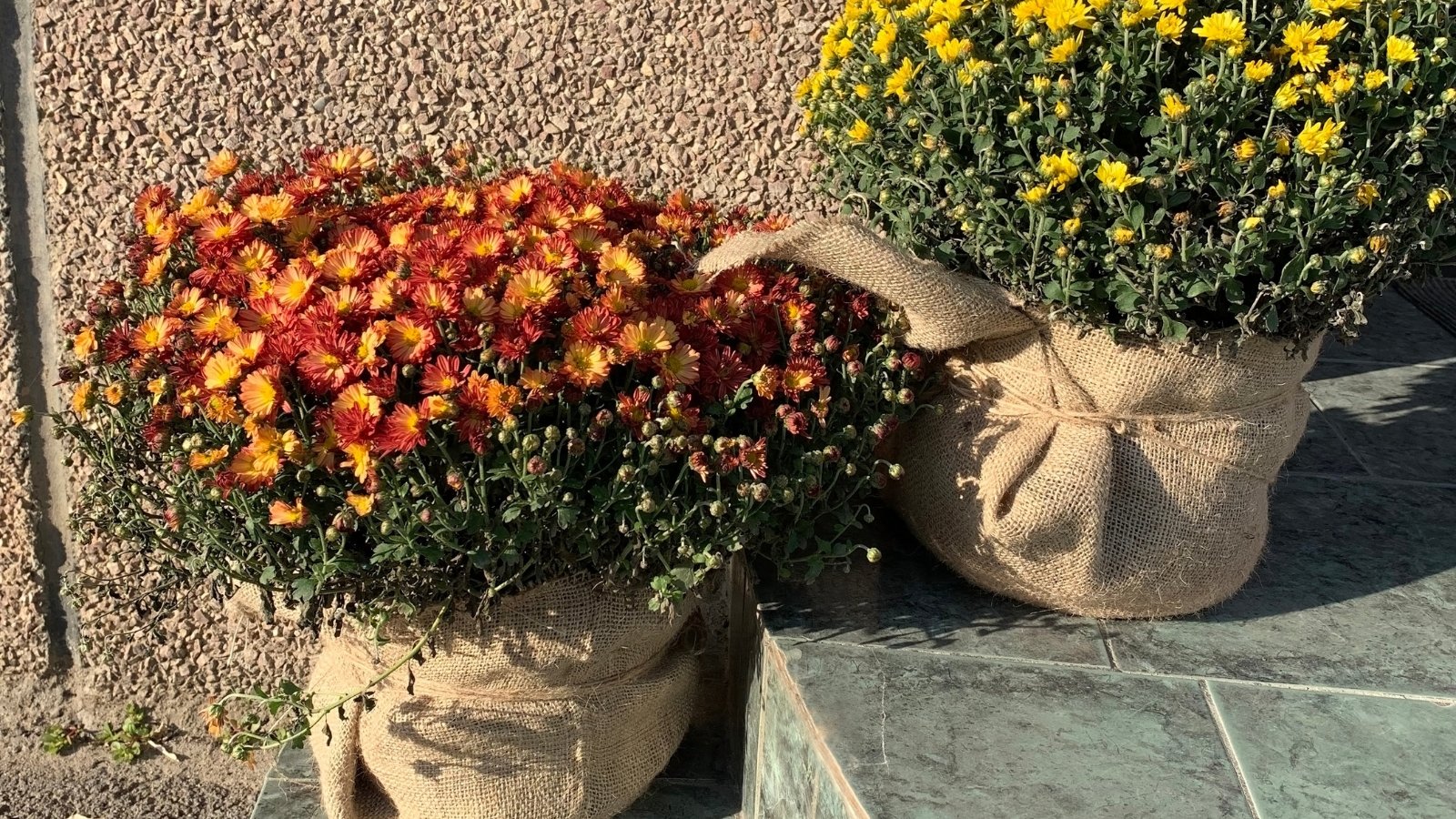

In overwintering, the first purpose is to shield the roots and crown from excessive temperatures, frost, winds, and winter solar. Roots are extra prone to break in a container than these within the floor.
Container vegetation lack the advantage of surrounding soil mass, which supplies insulation. Due to their above-ground siting, solely a skinny wall protects roots from surrounding air temperatures. The soil is prone to frost heaving, resulting in root disturbance and injury.
In delicate climates, insulation could contain a thermal blanket or burlap cowl throughout chilly snaps and windy spells. In colder climates, extra safety is important to thrust back injury.
Suggestions for overwintering potted vegetation:
- Put together tropicals and annuals earlier than your first fall frost date and tender, borderline hardy choices shortly after.
- Wooden, steel, plastic, and glazed pots are much less prone to cracking than porous clays and terracotta. Present further safety, like a wrap, for porous supplies.
- Bigger containers with extra soil mass overwinter higher than small ones.
- Water by frost. Then, examine moisture each few weeks and water often if overwintering undercover.
- Overwintered growers could break dormancy sooner than their out of doors counterparts. Harden them off for spring by regularly eradicating winter safety.
Take pleasure in Them Indoors
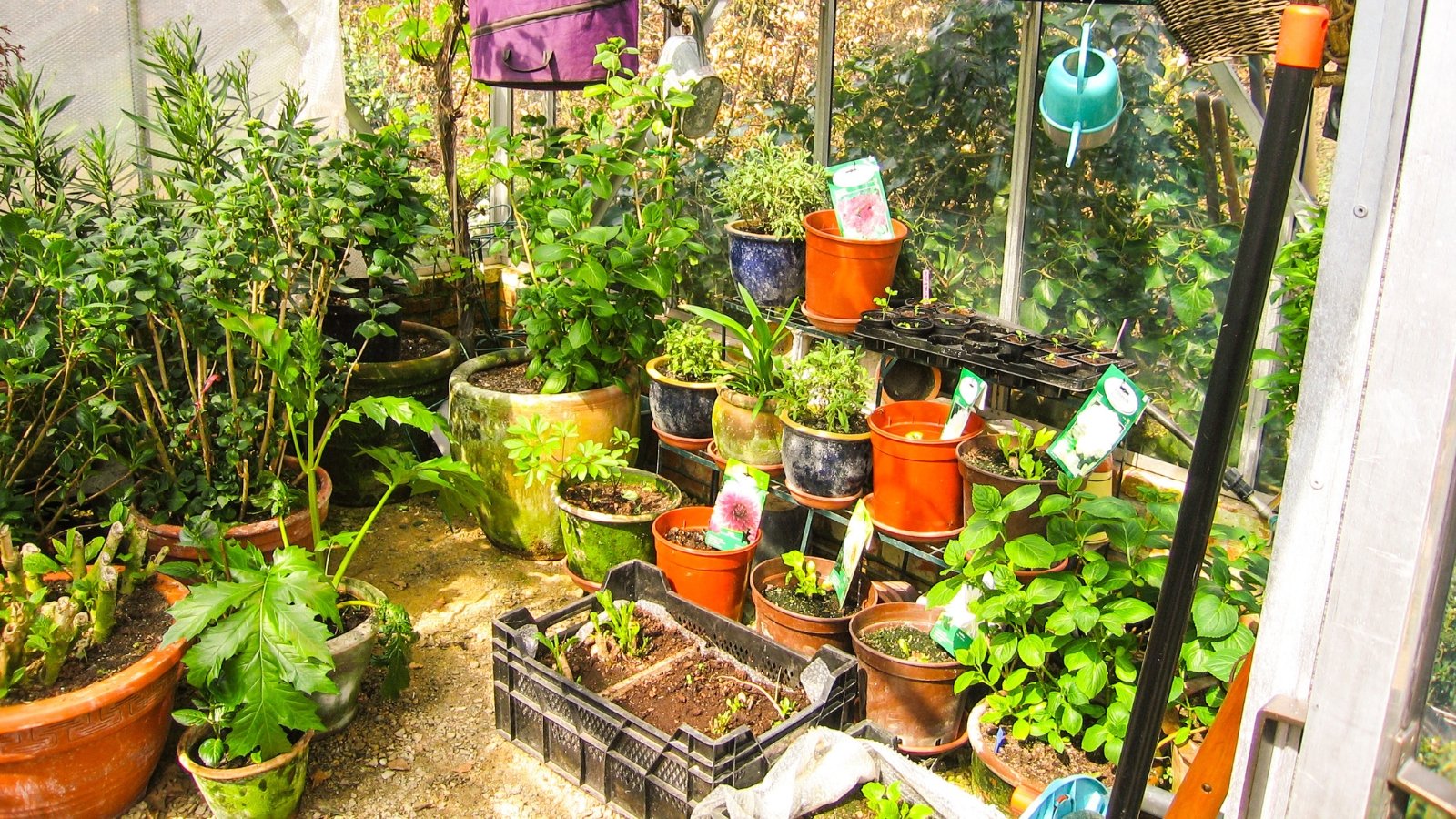

Heat up the interior-scape by shifting tropicals, herbs, and choose annuals indoors earlier than the primary frost. Hanging baskets and pots develop the houseplant jungle. Relying on the specimen’s necessities, they’ll want shiny, oblique mild or a sunny spot close to a window.
Preserve them out of heating and cooling drafts and away from fireplaces. Progress could naturally gradual as seasonal situations change, however it’s going to resume in spring.
Tender perennials, shrubs, and bushes can take shelter in an unheated house like a storage, basement, shed, or chilly body. An enclosed house presents the perfect safety towards winter components and the perfect probability of survival.
The perfect indoor temperature vary is between 30-40°F (-1-4°C). The overwintering guests profit from a little bit pure mild in these areas, so home windows or skylights are very best. With out pure moisture from rain or snow, they require occasional watering so roots don’t dry out utterly. As soon as a month is normally adequate.
Dig In
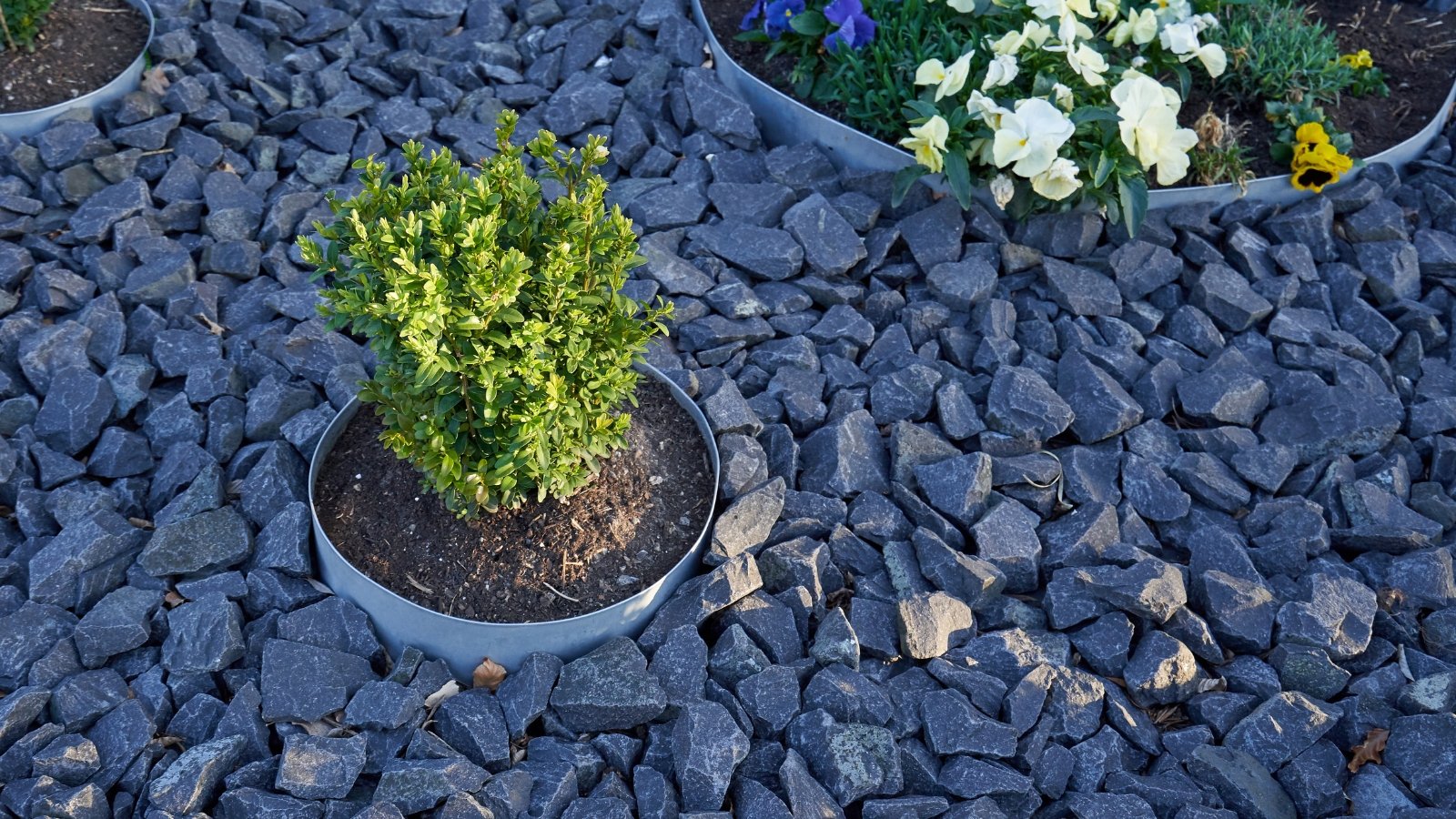

When you’ve got the house, think about digging a gap for the container to experience out the season outdoors. Dig a big sufficient gap to accommodate your entire pot, and situate it so the rim is simply above the soil line. Return the encompassing soil to bury the pot.
This system mimics in-ground planting and supplies the warming soil mass that above-ground containers lack. Add a beneficiant layer of mulch across the prime of the pot for added safety.
Nestle In Teams
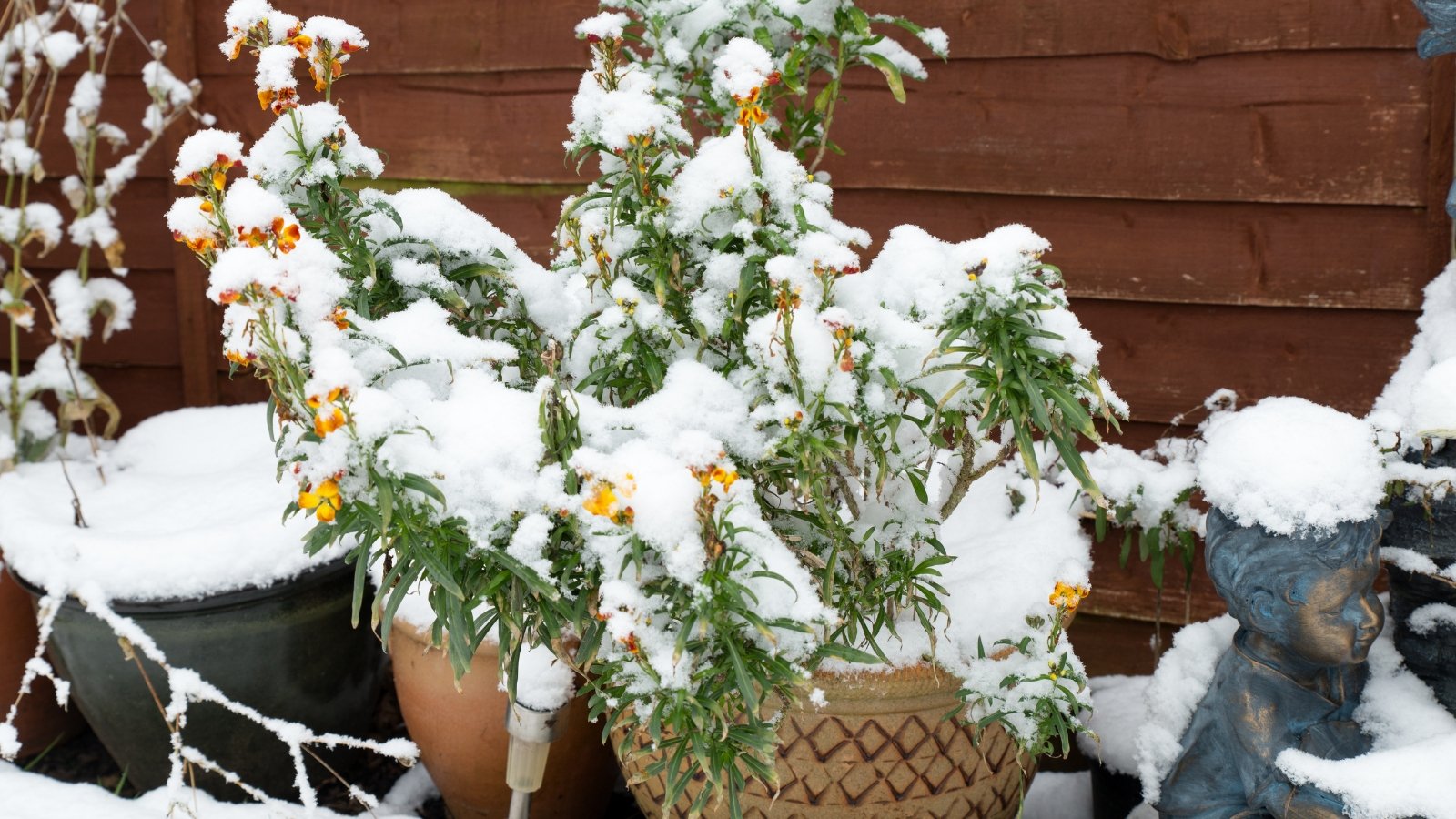

When you’ve got a lot of containers, cluster and huddle them collectively for insulation. Place essentially the most tender choices and/or smaller pots within the group’s heart. Encompass them with the hardier specimens and bigger containers.
Group them towards the wall of a constructing, construction, or evergreen hedge for defense from winter winds and excessive temperatures. Insulate with mulch like shredded bark, woodchips, straw, or leaves.
Wrap Them Up
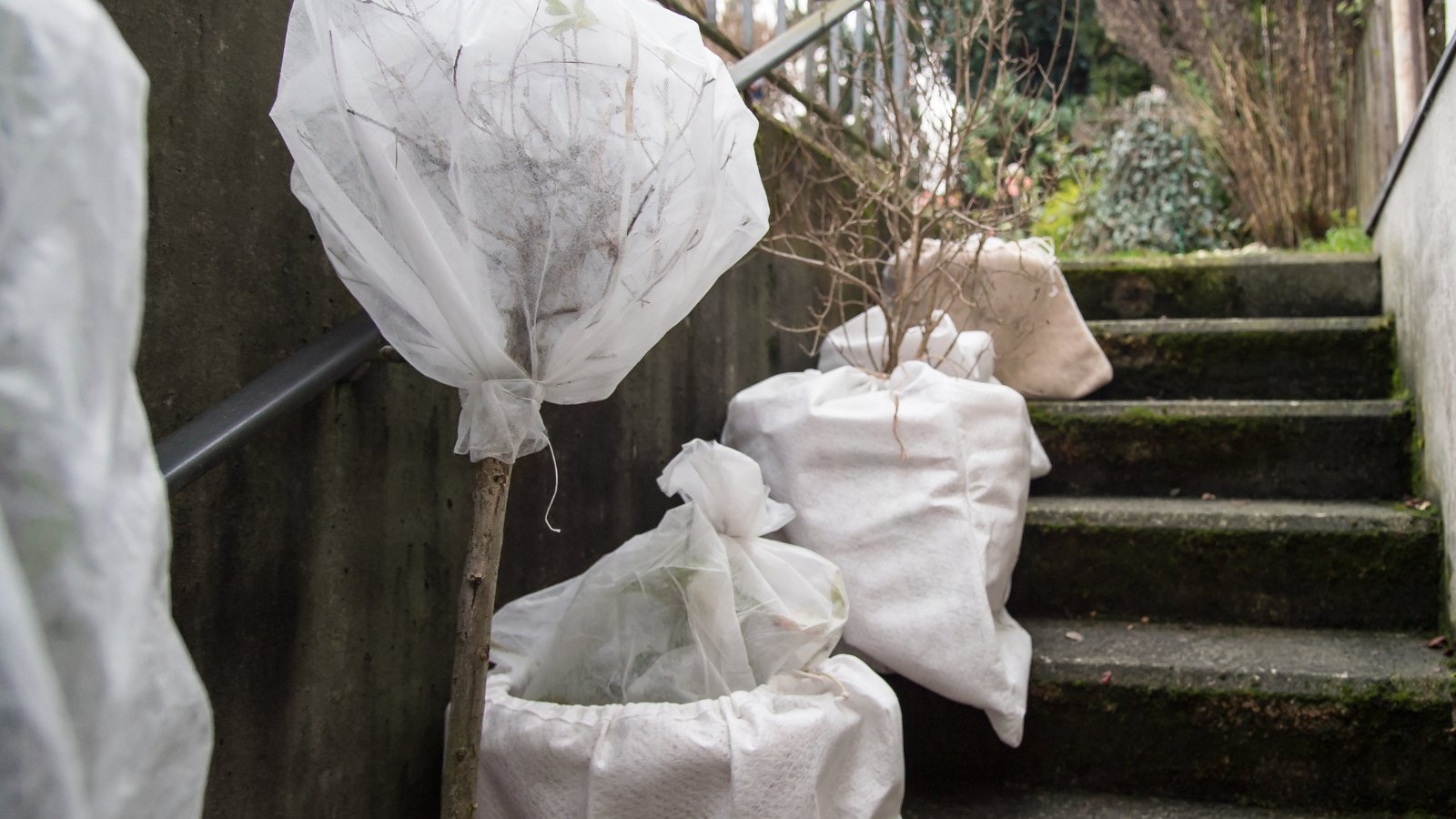

Whether or not nestled collectively or standing as single-potted specimens, an insulating wrap protects the roots. Throughout excessive chilly snaps, wrap each the containers and uncovered plant components in frost fabric, fleece, thermal, or frost blankets. High singular vegetation with a frost-cloth cowl, cloche, or recyclable bottle or milk jug for a straightforward off-an-on topper.
Some gardeners wrap their pots in layers of plastic bubble wrap (not less than three layers thick), insulating foam, or burlap secured with plastic wrap for the season. Wrapping prevents the container from cracking whereas offering another layer towards chilly air temperatures. Any lined plan components want breathable materials to take away throughout daylight or once they get moist.
Create a Cozy Field
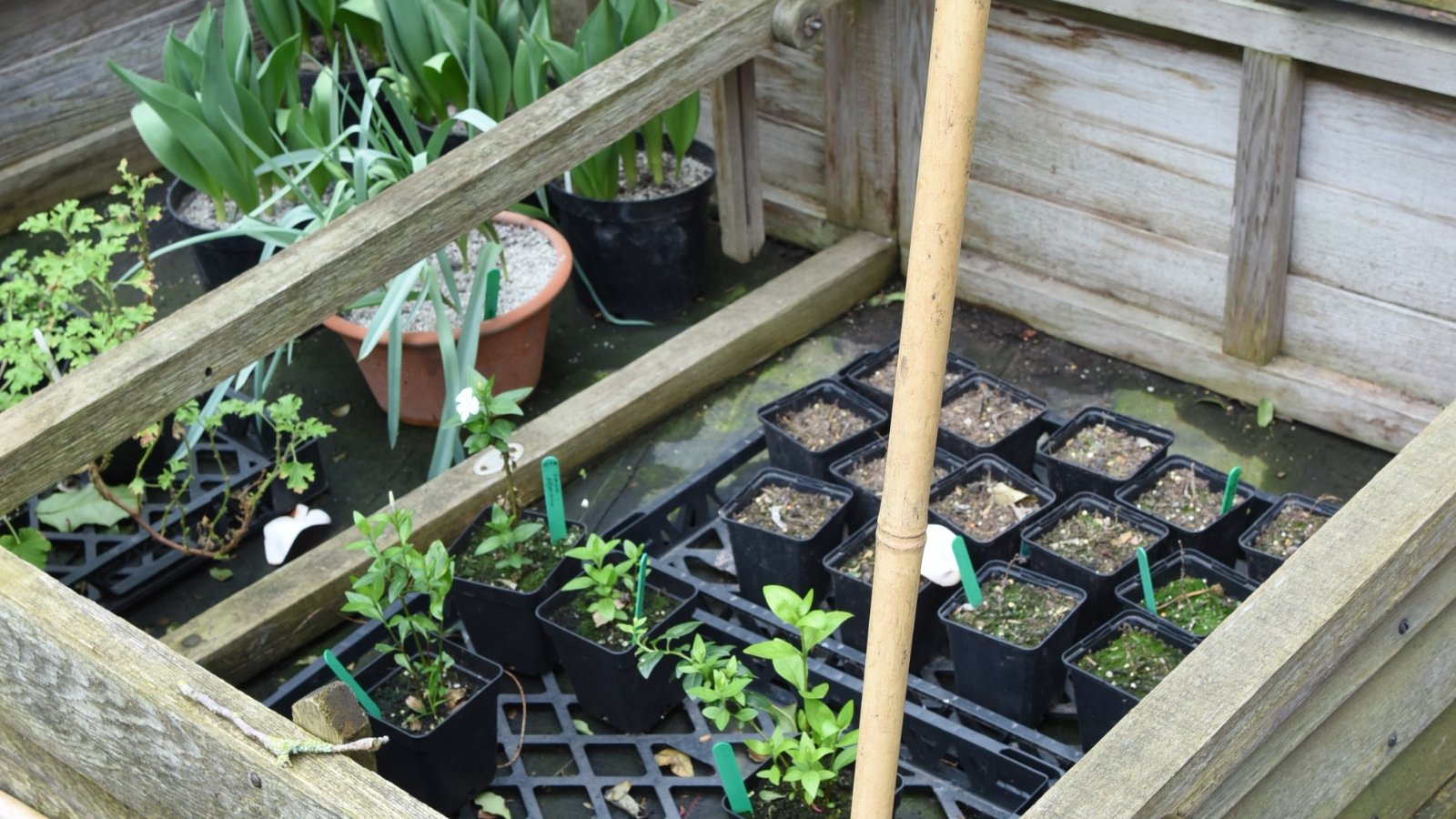

Assemble a easy body round clustered teams and fill it with insulating supplies for straightforward safety. Use rooster wire, cattle fencing, fence panels, boards, or supplies round the home to create a fundamental excessive border.
A necessary step is filling the field or body with insulating mulch, leaves, compost, or further baggage of soil. Layers of evergreen boughs round and atop the pots work effectively, too.
For those who don’t have the time or means to assemble a body, you should purchase kits on-line. You’ll nonetheless want to seek out methods to insulate it in very chilly climate.
Leaf Bag Insulation
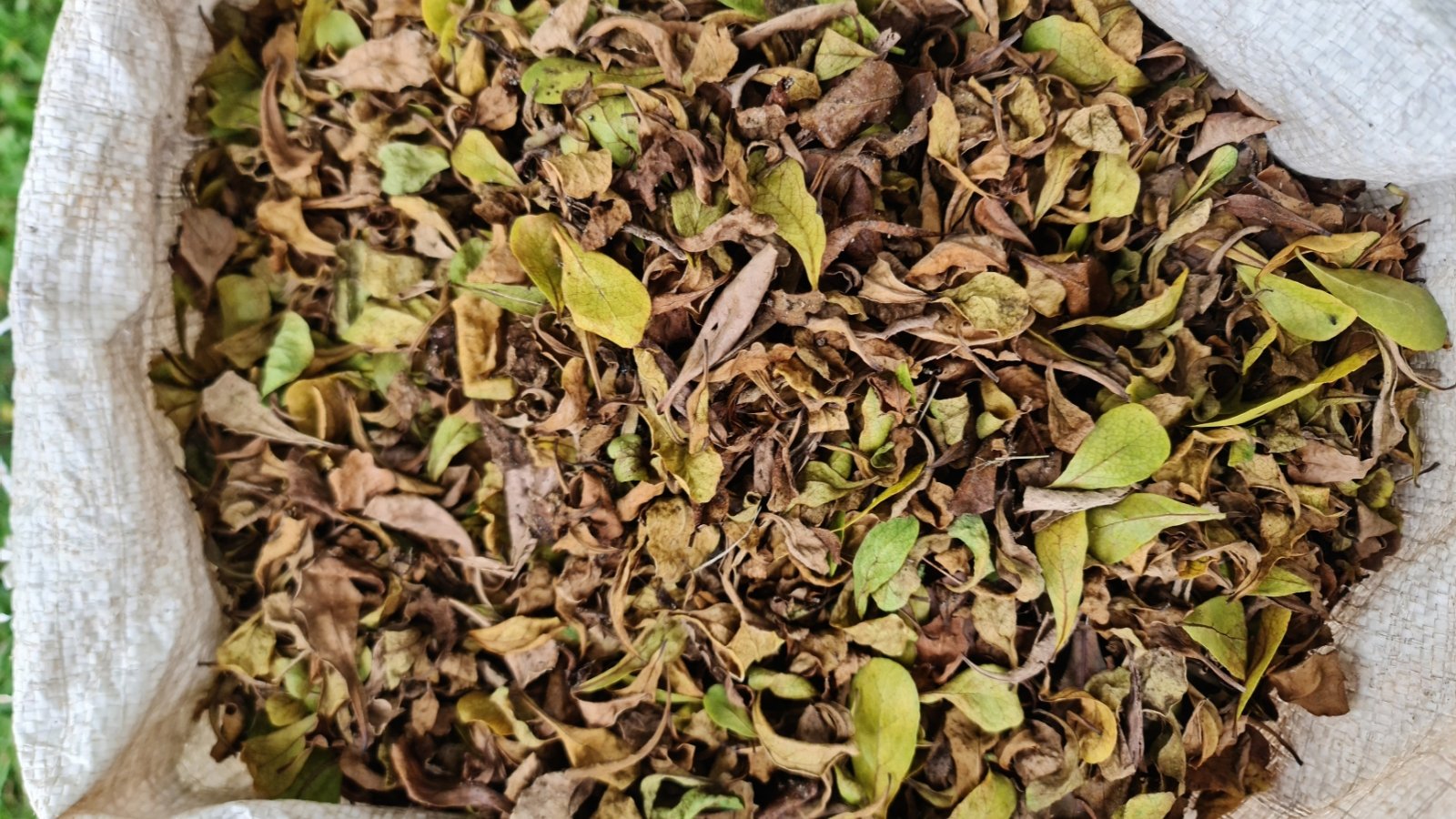

Have further fall leaves? For those who’ve already made essentially the most of autumn’s pure leaf drop and nonetheless have a bounty of leaves, fill a couple of baggage not for hauling away however for insulating out of doors growers.
Leaf baggage create an insulating boundary round vessels and borderline hardy in-ground shrubs, too. Line baggage across the specimen for added heat. Or, pile leaves round crowns and sides to buffer freezing temperatures.
DIY Short-term Chilly Body
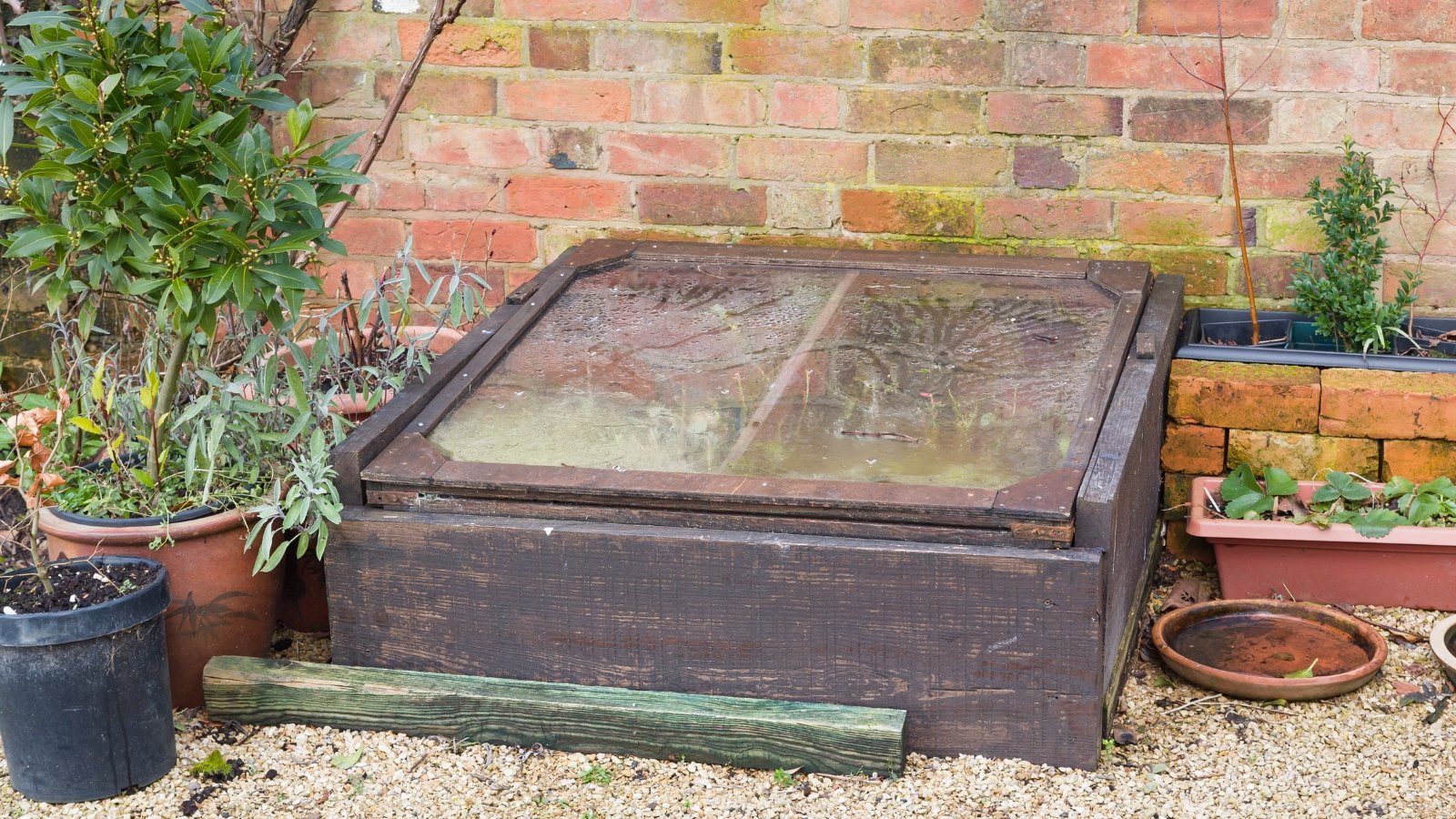

A country, do-it-yourself chilly body is straightforward to rearrange utilizing straw bales to type 4 partitions. Place an previous window, thick plastic, or piece of plexiglass on prime to enable in pure mild.
Cluster vegetation collectively throughout the body and lay the duvet in place. Verify water wants usually in the course of the season. On heat days, take away the highest for air flow.
Display


A display screen presents safety towards drying winter winds. In wind-prone websites, create a makeshift break by staking burlap across the uncovered sides of planted preparations. Staple the material onto picket stakes or tie them to rebar helps and safe them within the floor with a mallet. Use partitions or hedges to type the opposite sides of the barrier.
Planted Storage
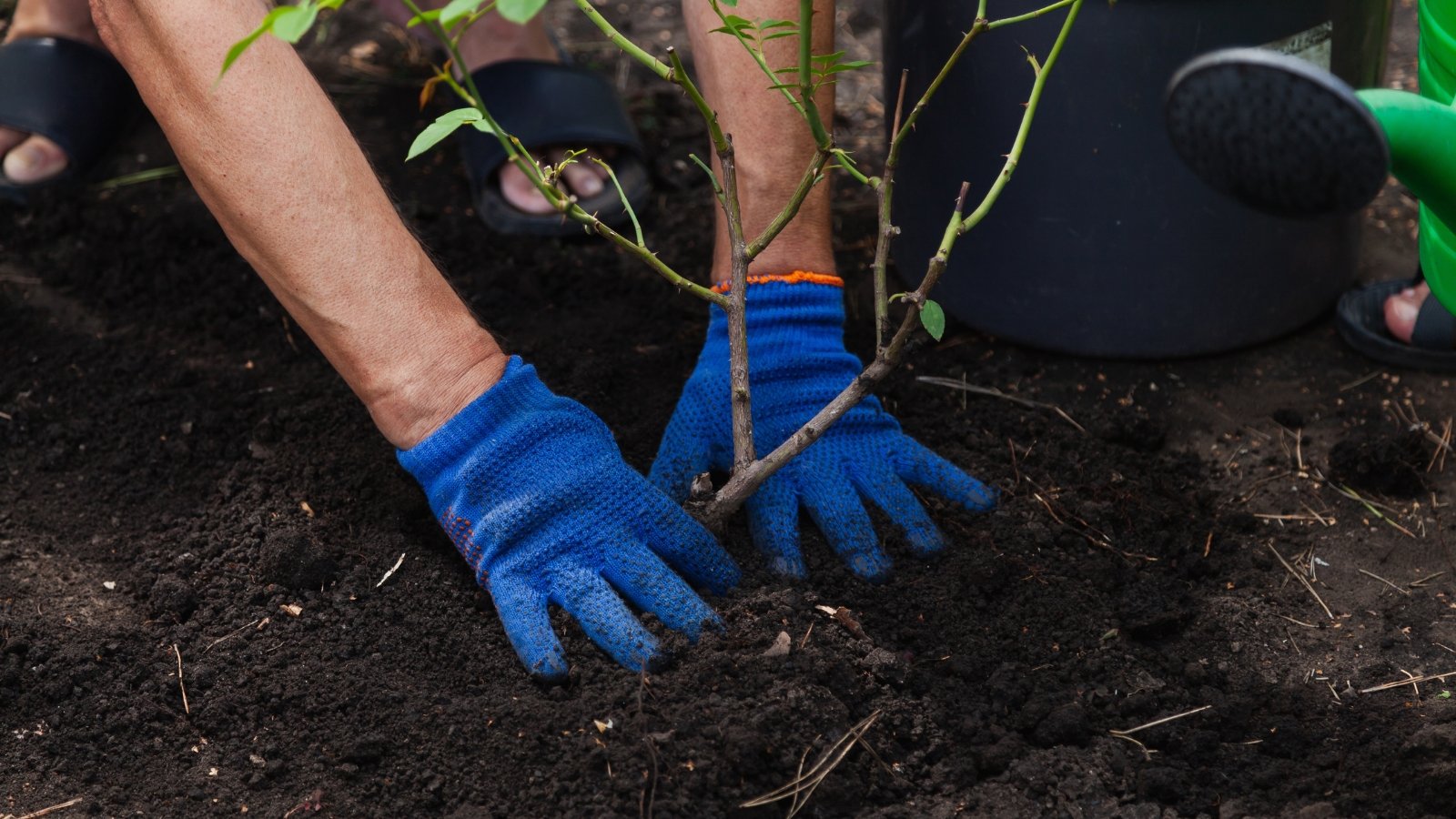

To reap the advantages of in-ground soil mass, un-pot and plant or “retailer” the specimen within the floor. Come spring, repot it for its container show. Backyard storage may be a helpful trick if the plant is able to be bumped as much as a bigger pot, making the timing handy. Get it within the floor earlier than the primary frost and topdress generously with mulch.
Trenching is one other method for bigger shrubs like roses, the place the entire pot and plant are turned on their aspect, positioned in a trench, and lined. A lined trench insulates each the branches and container roots. Herbaceous perennials could not require such measures, however if in case you have a big plant to guard, prune it again and do that in excessive situations.
[ad_2]
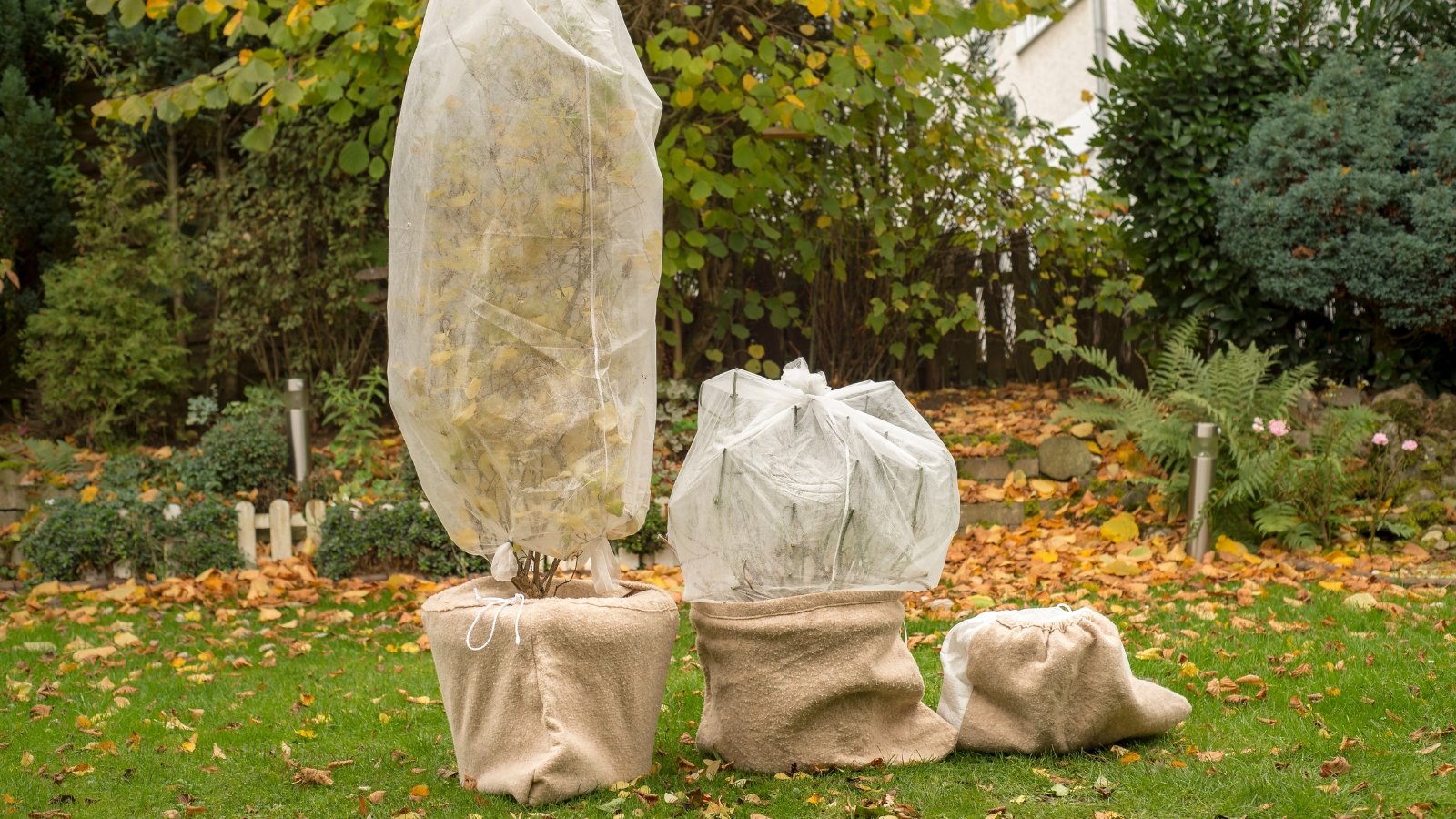
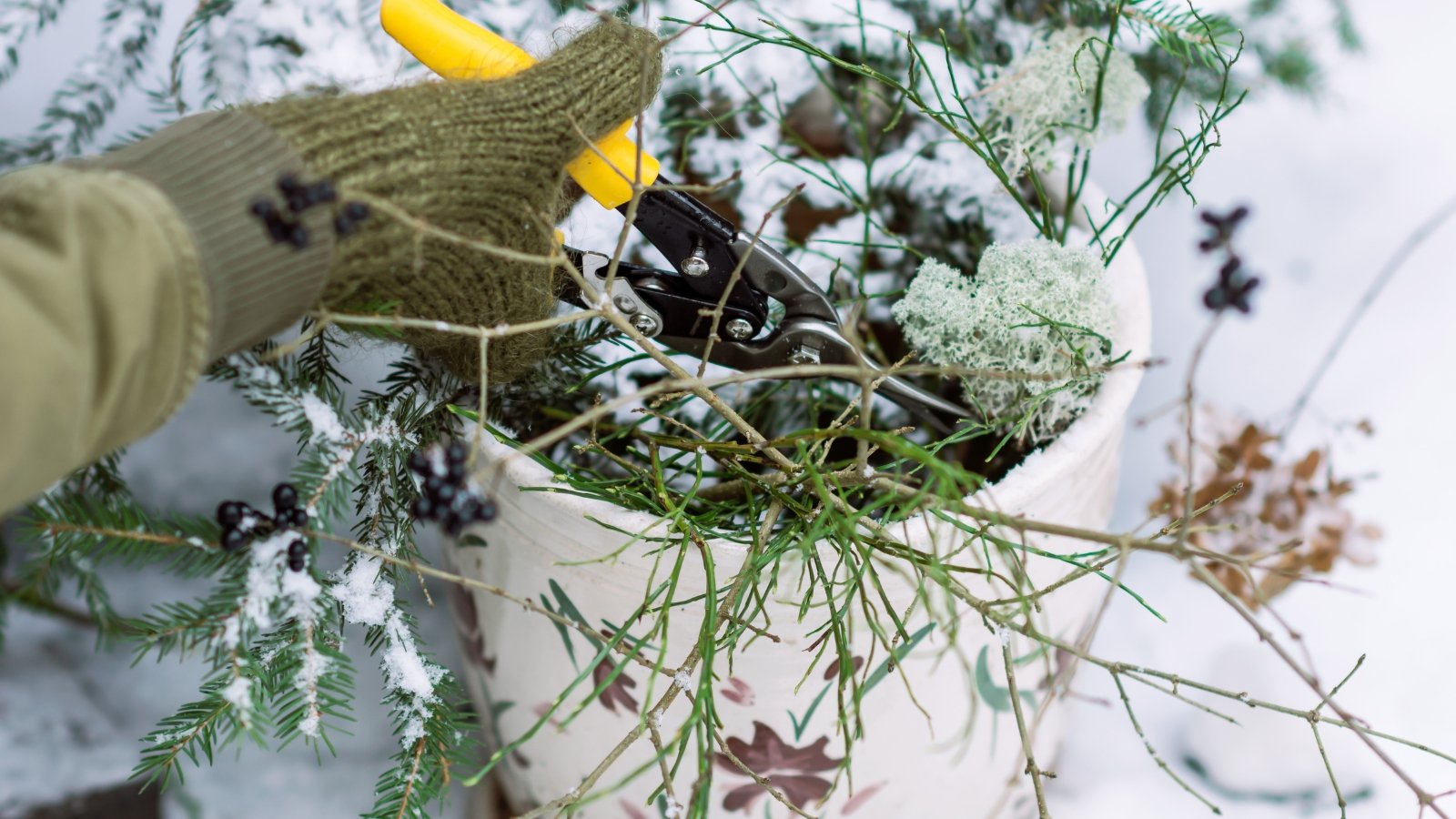
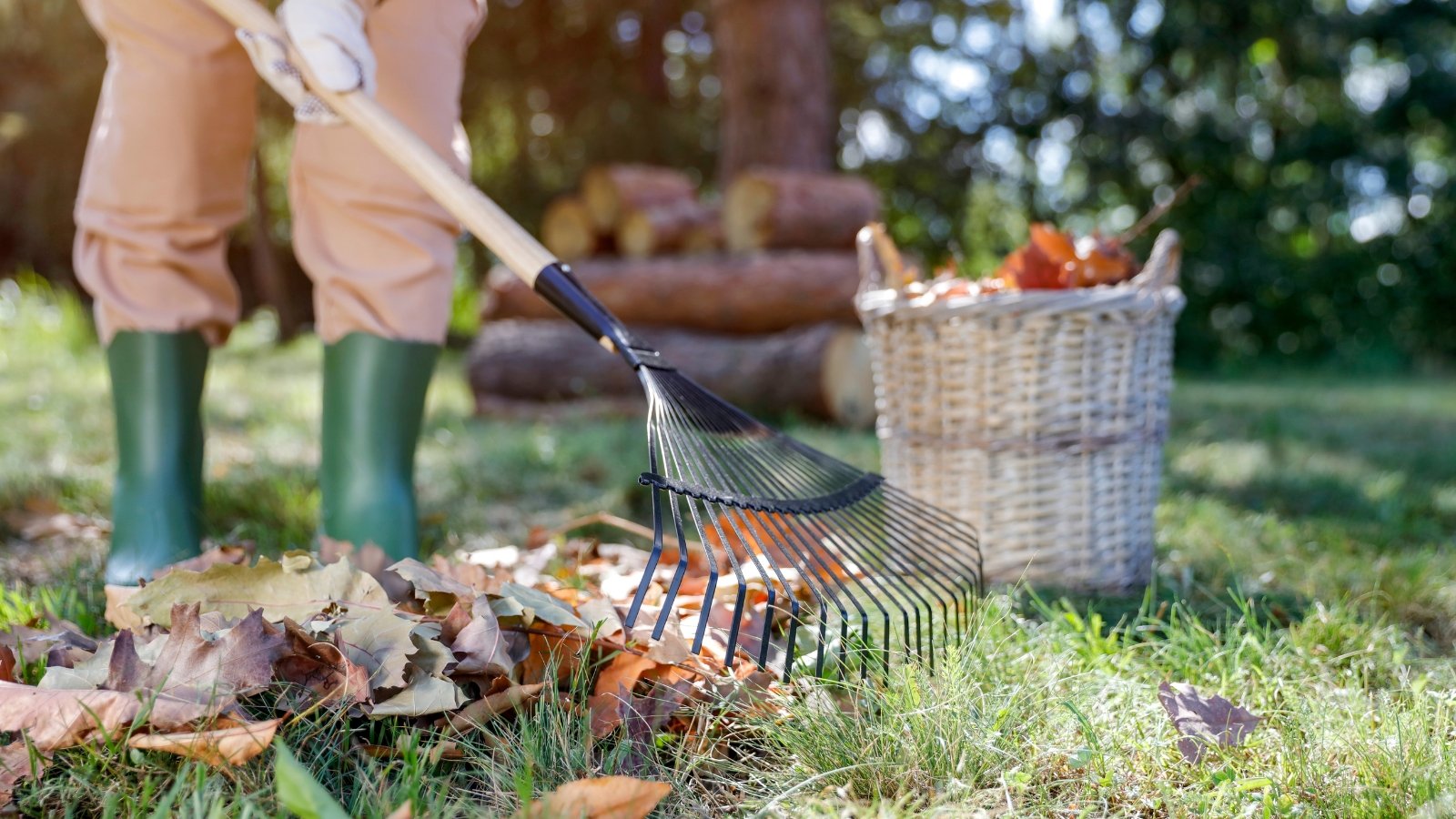
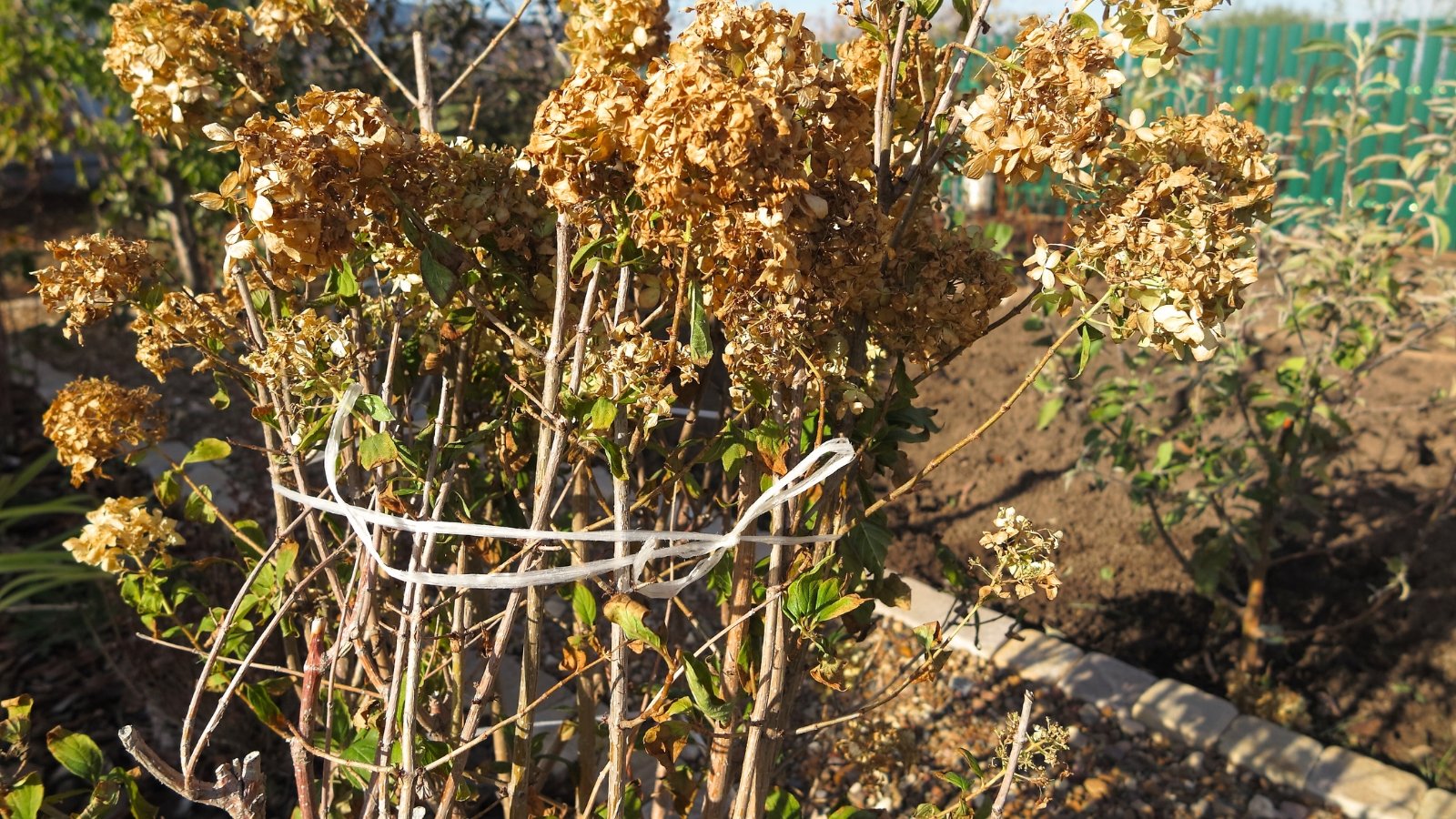
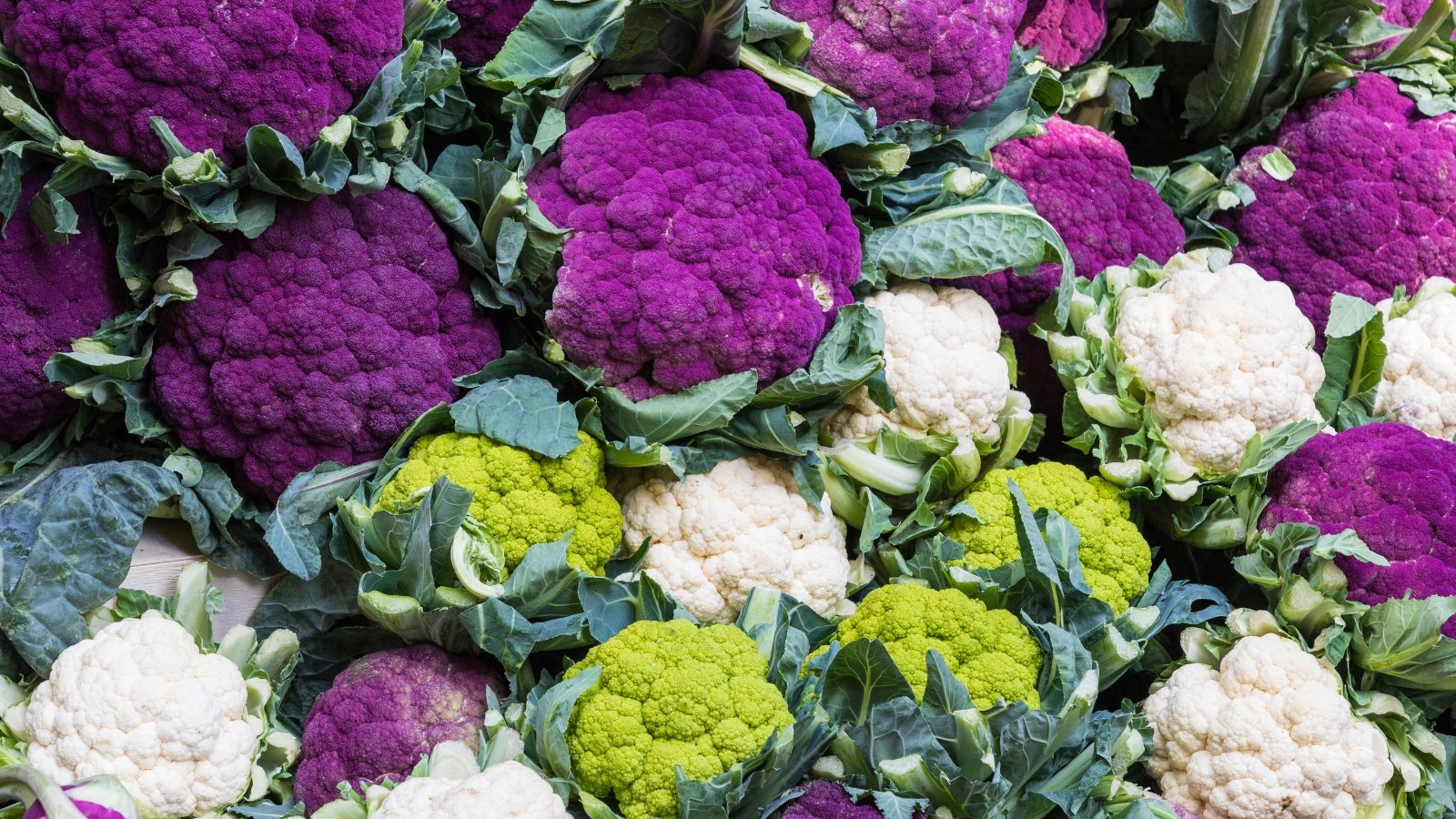
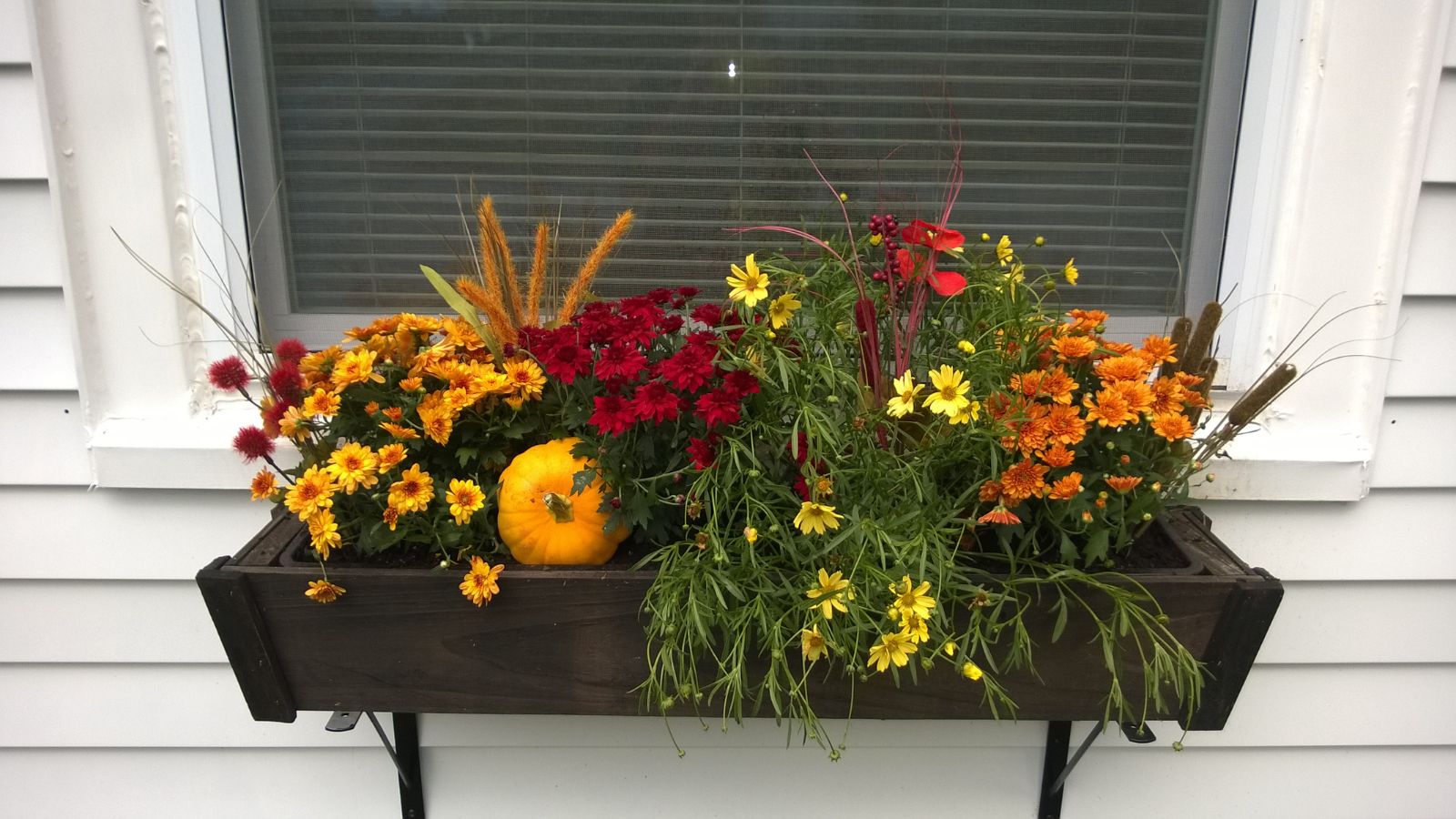
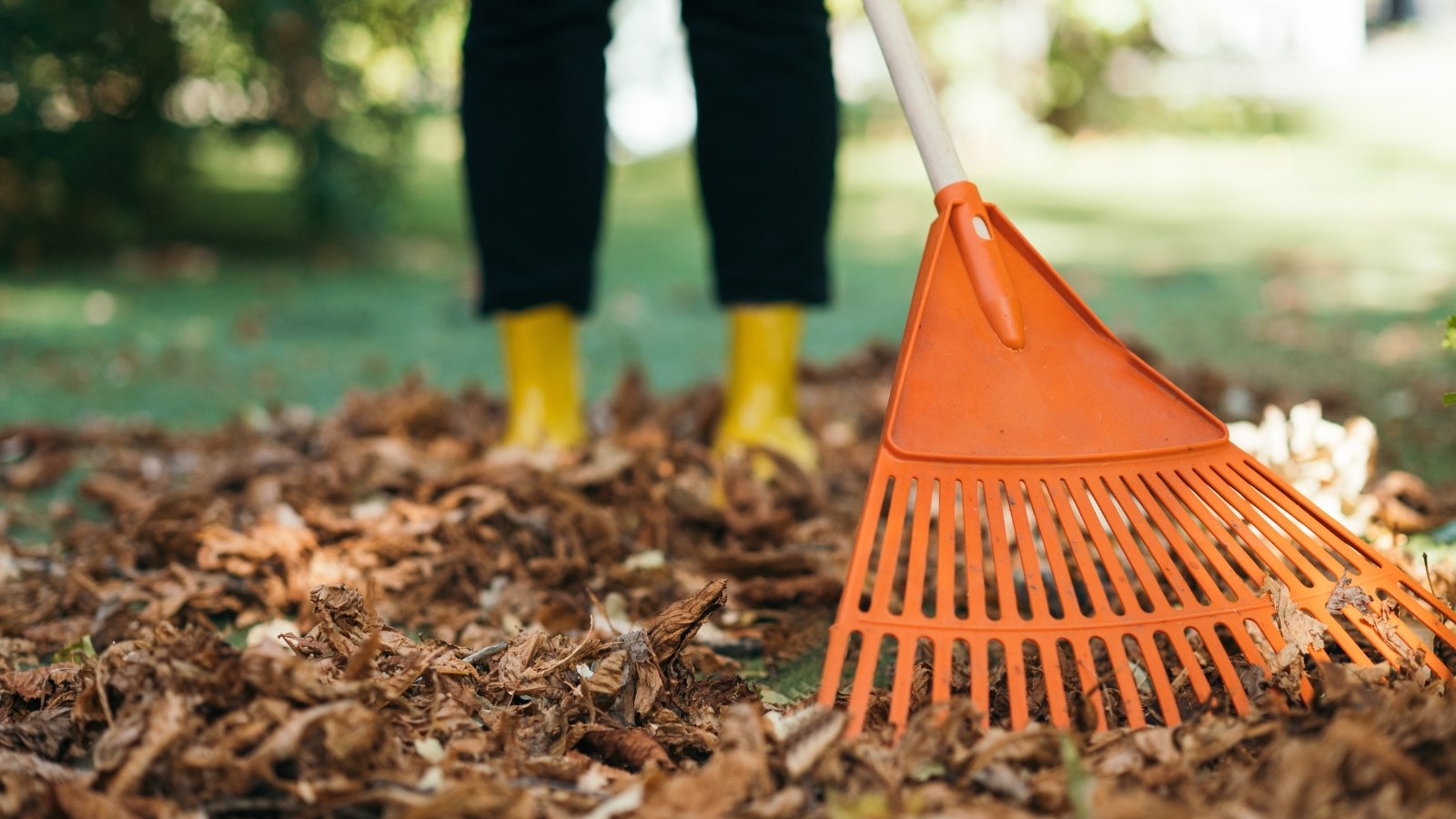

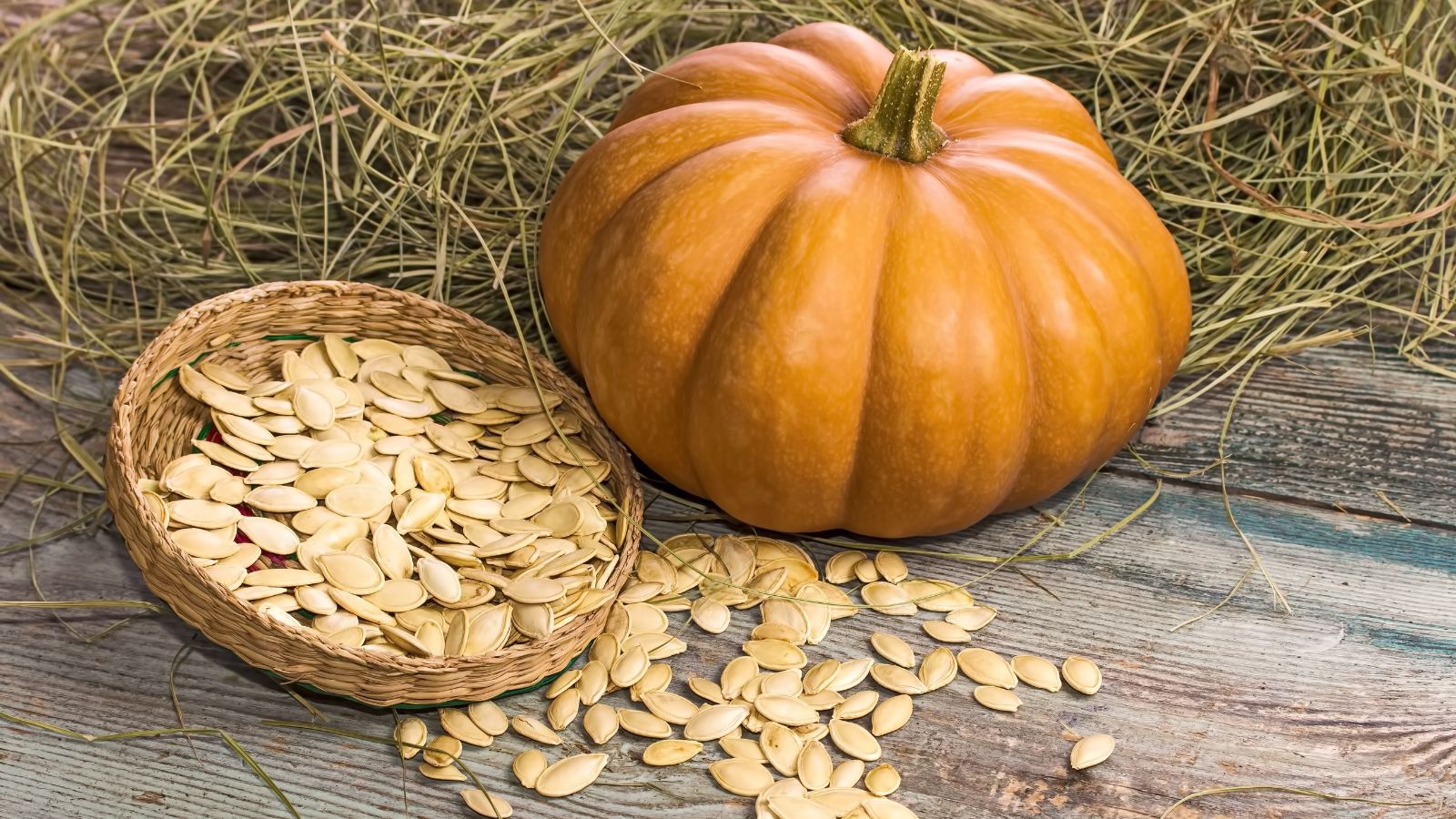
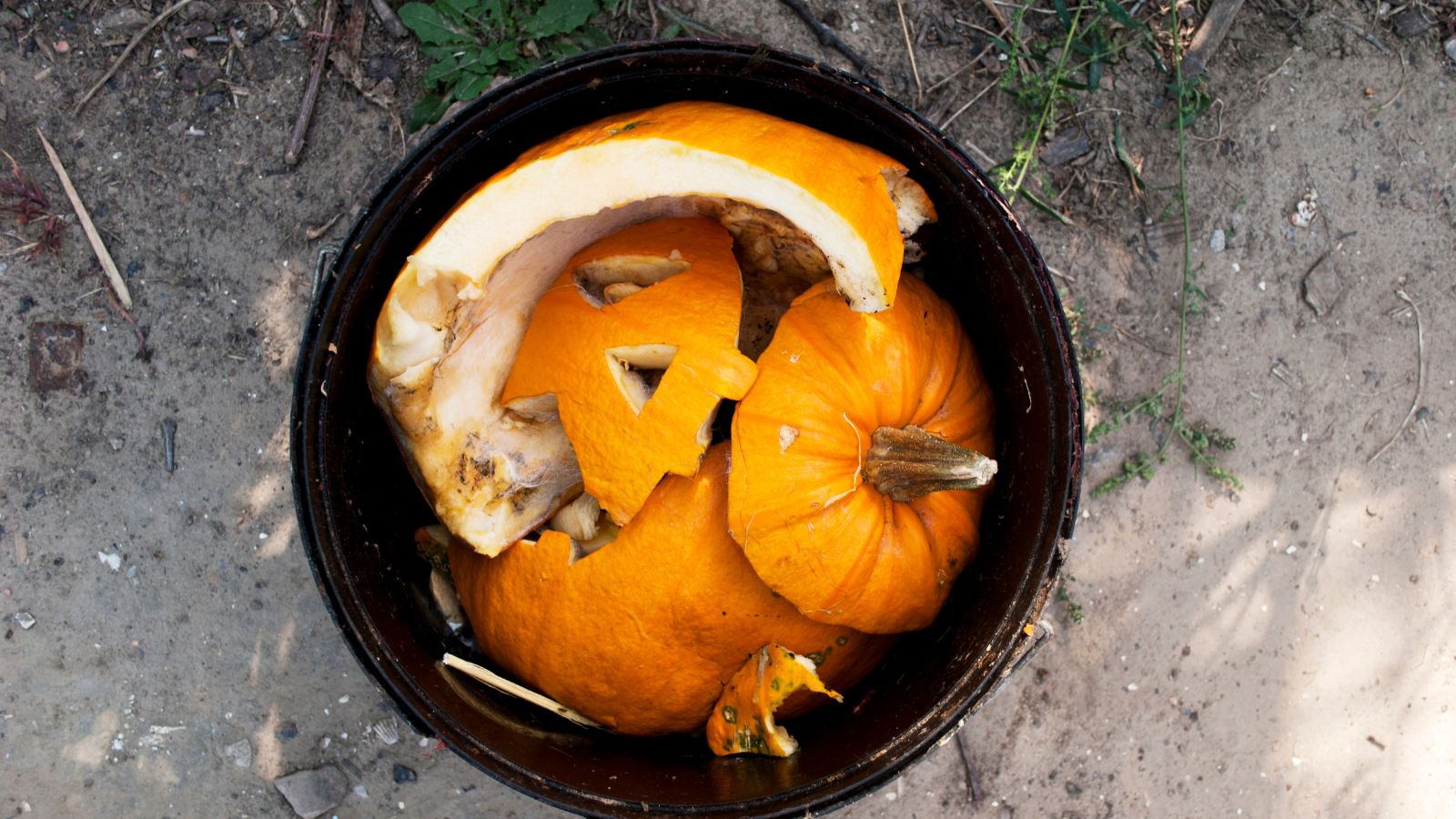
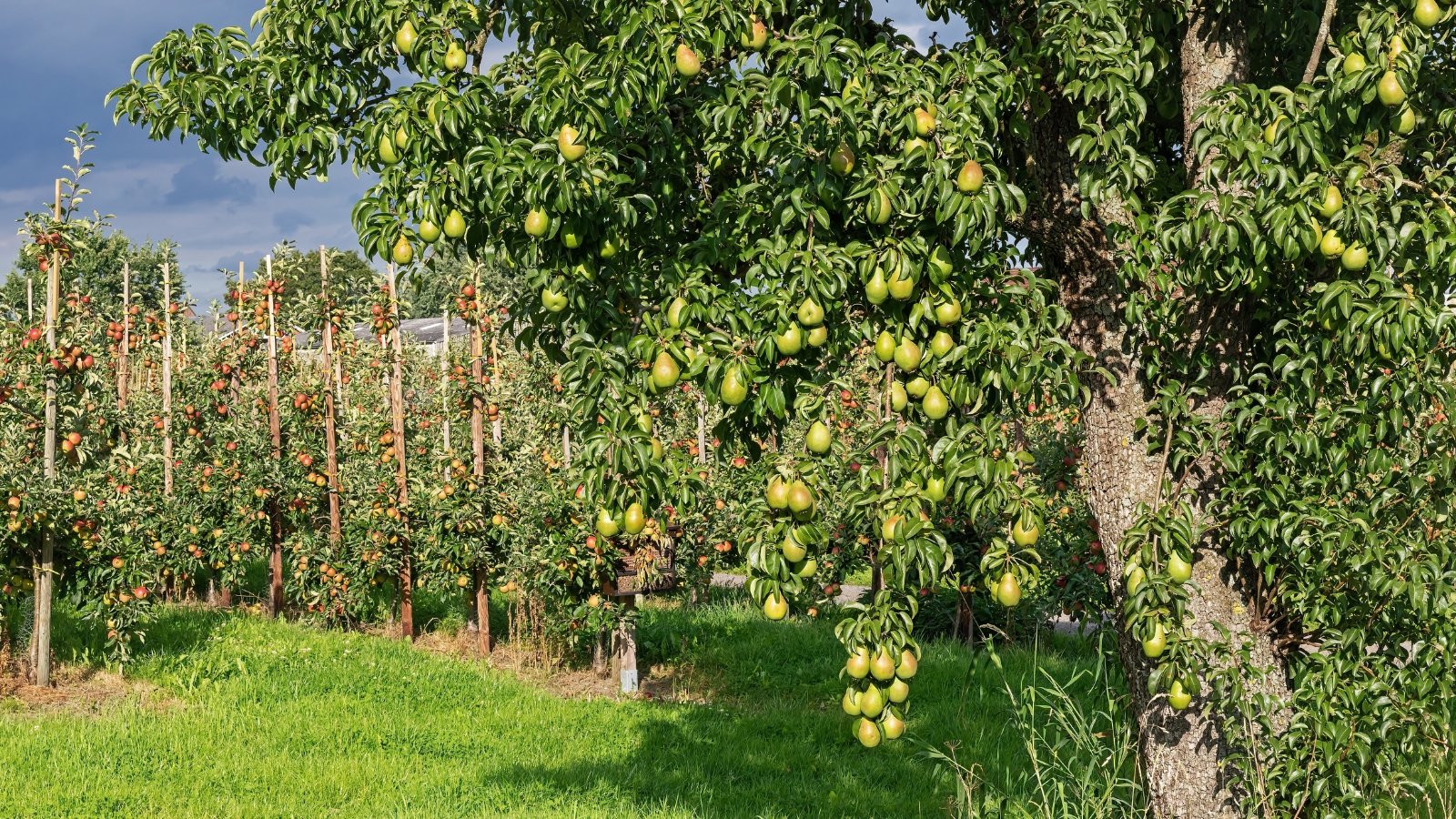

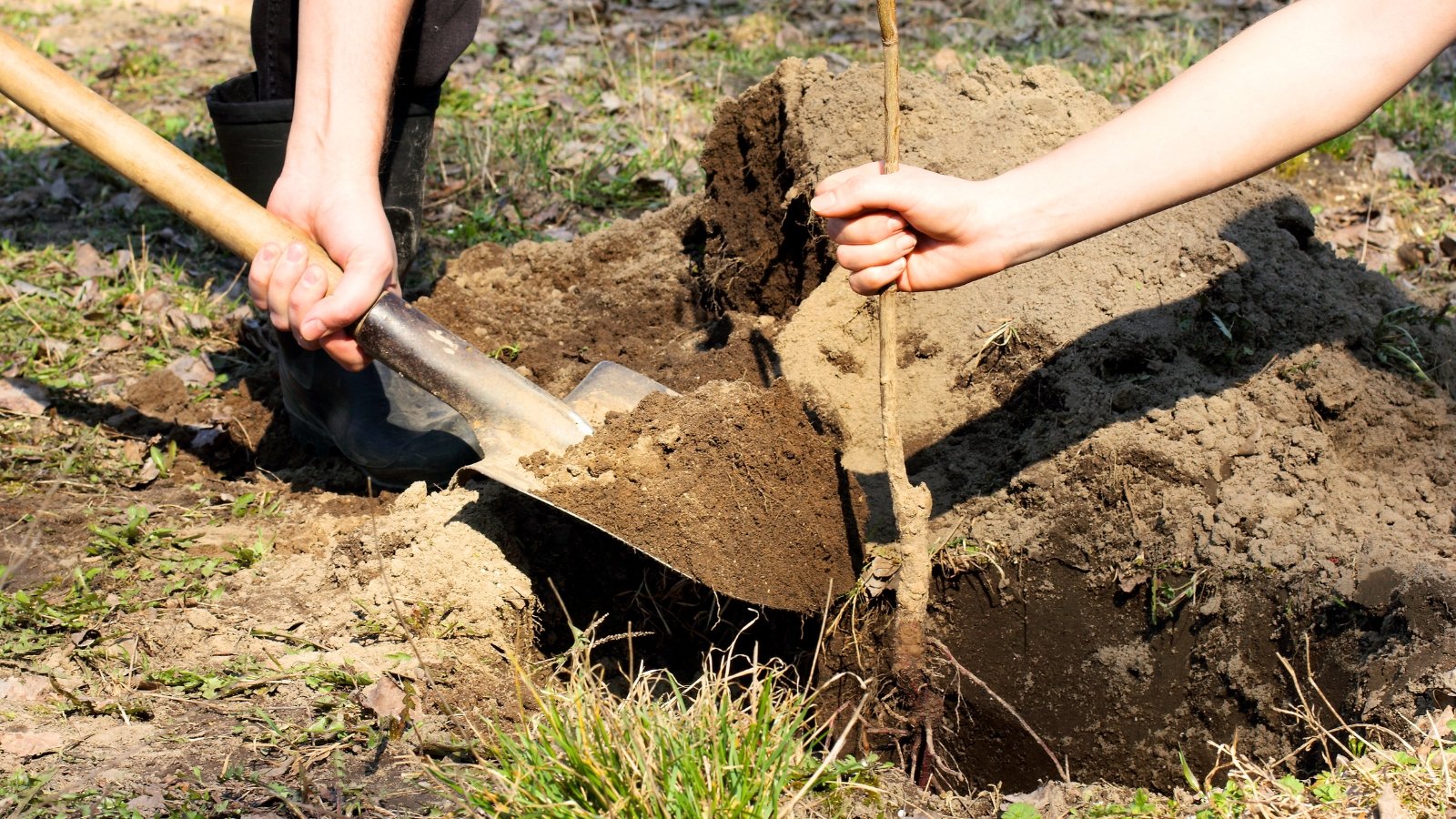
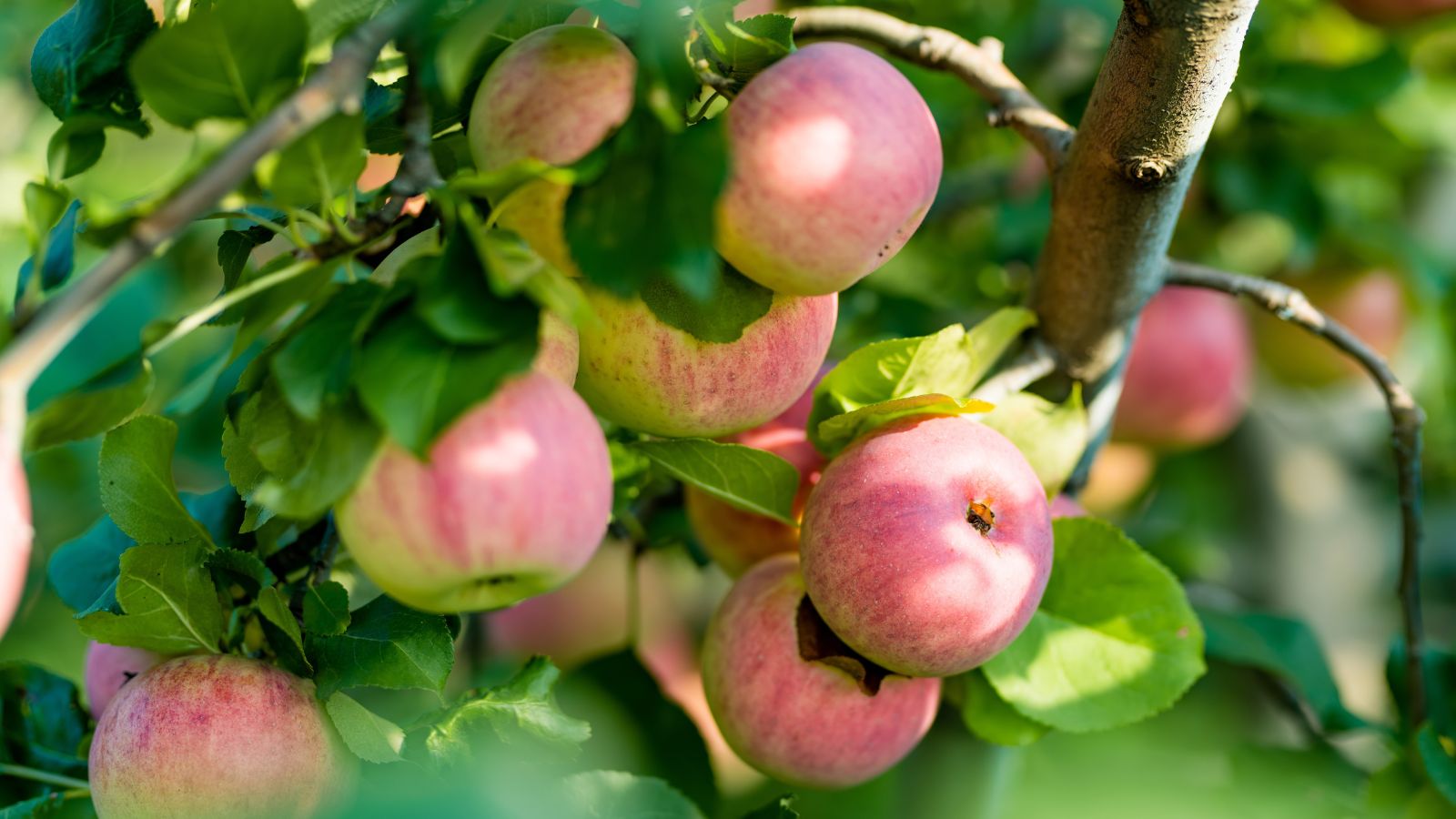
SunnyDaze
I found the suggestions for overwintering potted plants particularly helpful. It’s important to know how to protect our plants from extreme temperatures, especially when they’re in containers. I’ll definitely try some of these methods.